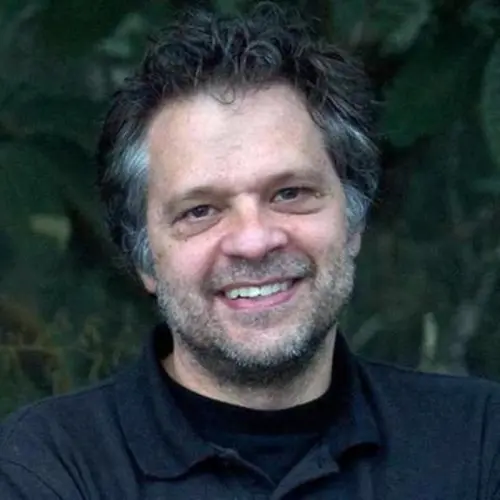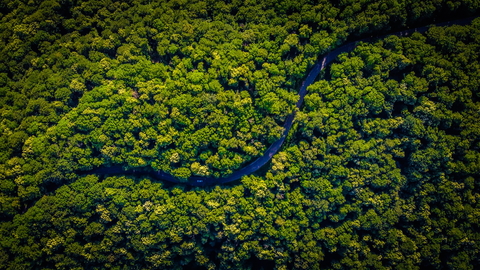Overview:
Amazon tropical forests are the largest on earth, but Amazon carbon sinks for atmospheric CO2 appear to be declining in association with deforestation and climate change-associated droughts, threatening to push forests past a tipping point towards forest collapse. Better understanding of forest responses to drought are urgently needed, but past responses have been complex and heterogeneous across landscapes, including both substantial positive (photosynthetic “greening”) and negative (browning and tree mortality) responses that are difficult to explain by climate forcing alone. Here, I will present a new approach for combining forest plot data and remote-sensing of Amazon forest photosynthetic response with ground-based tree demography to identify a "biogeography" of Amazon forest drought response that emerges from different forest ecotypes across the basin.

Bio
Dr. Saleska is the Professor of Ecology & Evolutionary Biology at the University of Arizona. And Professor (joint) of Environmental Sciences Department Member, Graduate Interdisciplinary Program, Global Change. Dr. Saleska received his B.S. in Physics from the Massachusetts Institute of Technology in 1986, completed his Ph.D. at the University of California, Berkeley, in Energy and Resources in 1998, and completed his Earth & Planetary Sciences Post-doc at Harvard University from 1999-2021. research focuses on what might be called "biogeochemical ecology," asking questions about how climate interacts with plant physiology, demography, and ecological processes to influence or control biogeochemical cycling from local to global scales. One example of the need for more complete understanding in this area is the lack of species interactions in modern global climate models, even though such interactions can be critically important in controlling ecosystem carbon cycling and feedbacks to climate. Progress has been limited by the difficulty of bridging the gap between local-scale ecological interactions and broader biogeochemical processes. He uses multidisciplinary approaches that combine classical techniques of field ecology and forestry with advanced technological methods (e.g., the micrometeorological eddy covariance method, isotopic techniques) and modeling to integrate biogeochemical processes to ecosystem scales.
